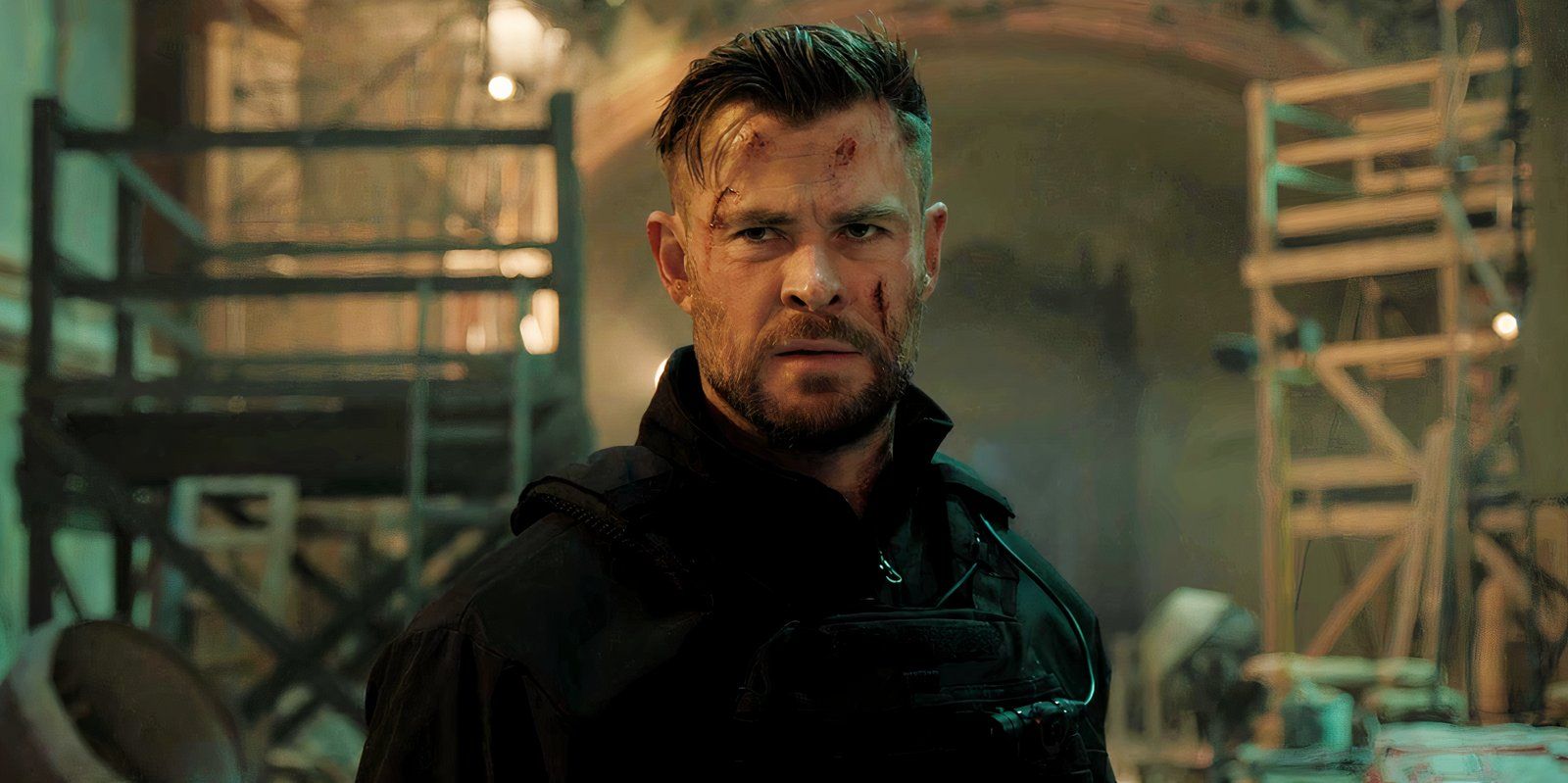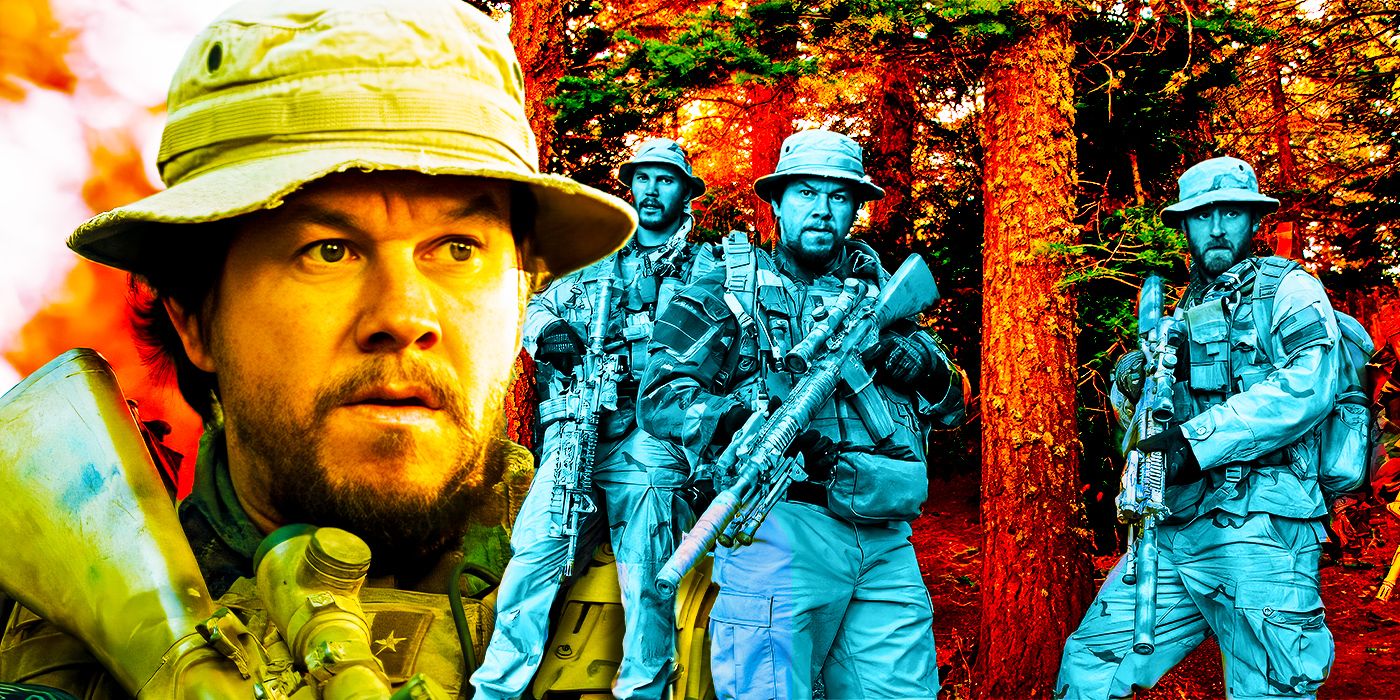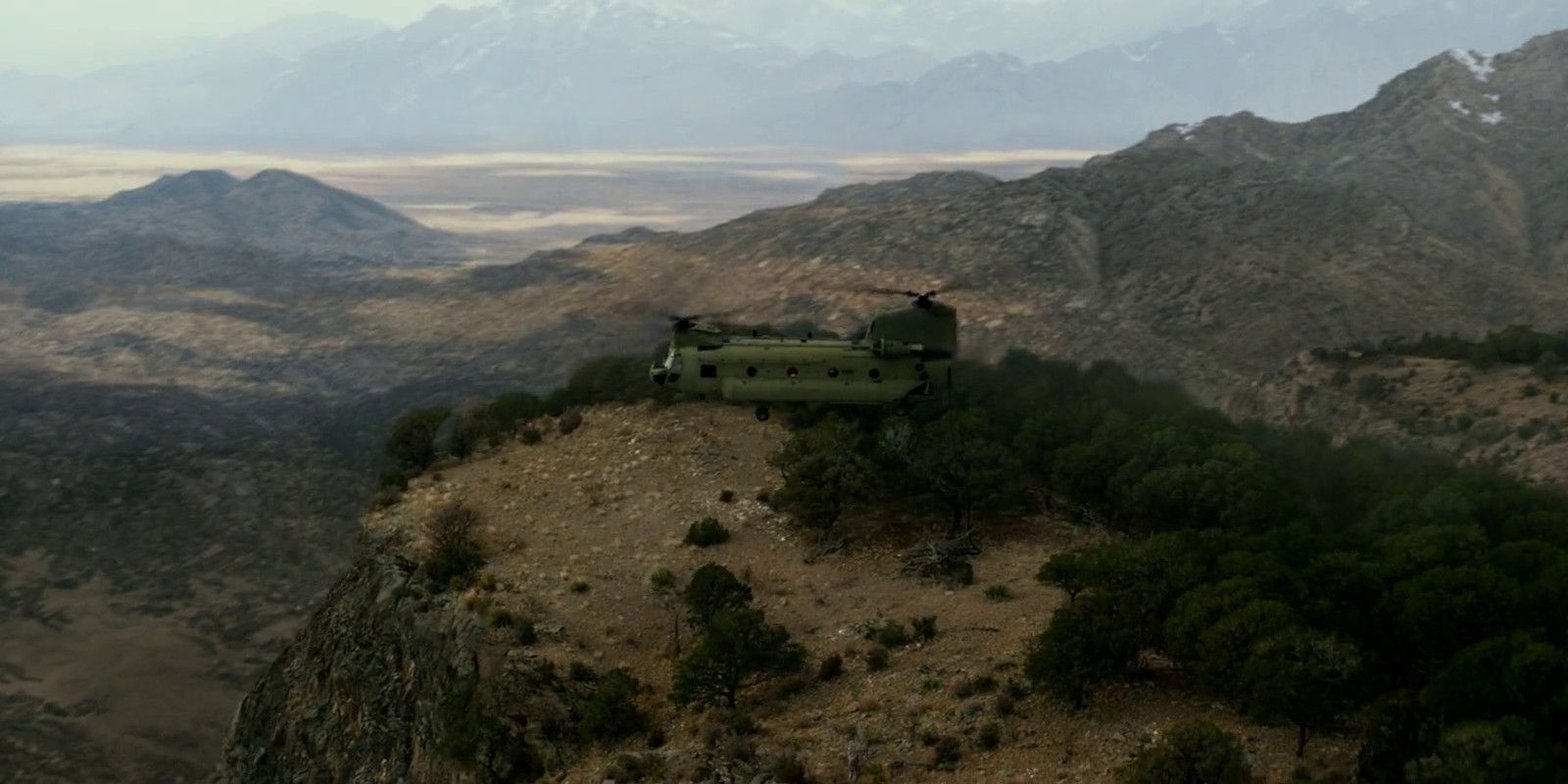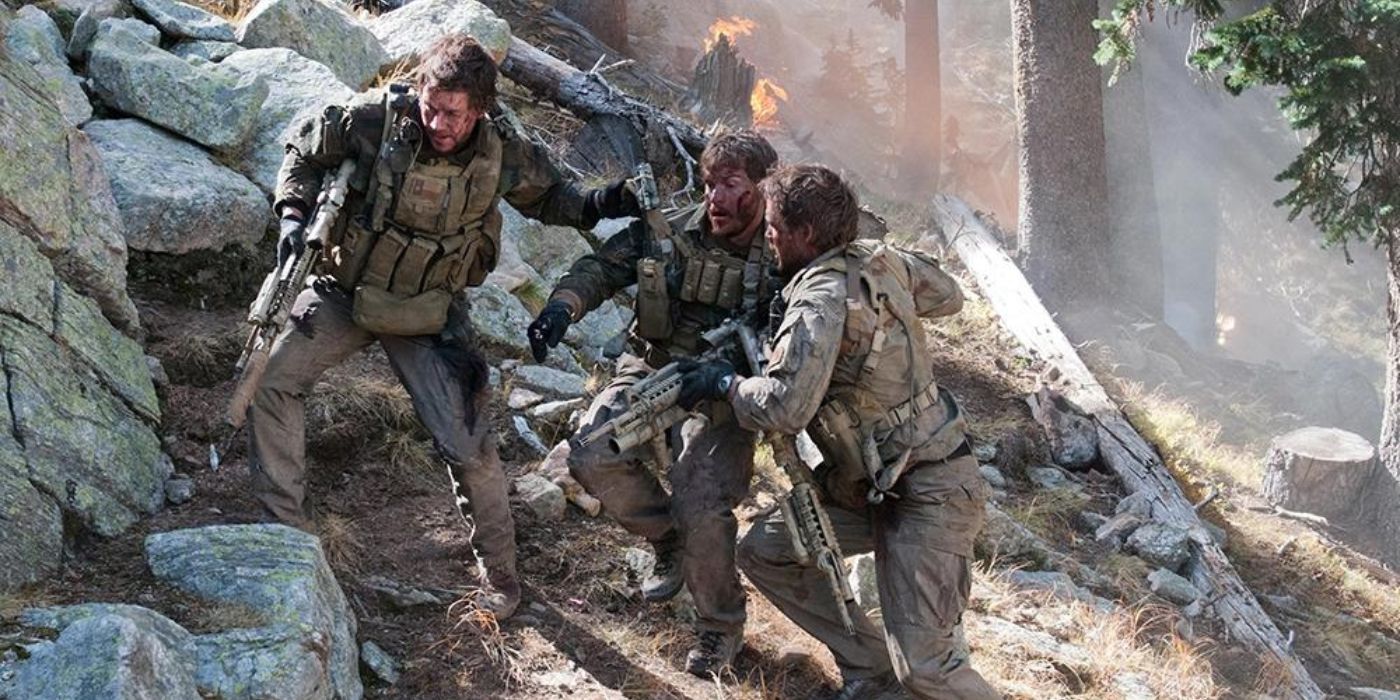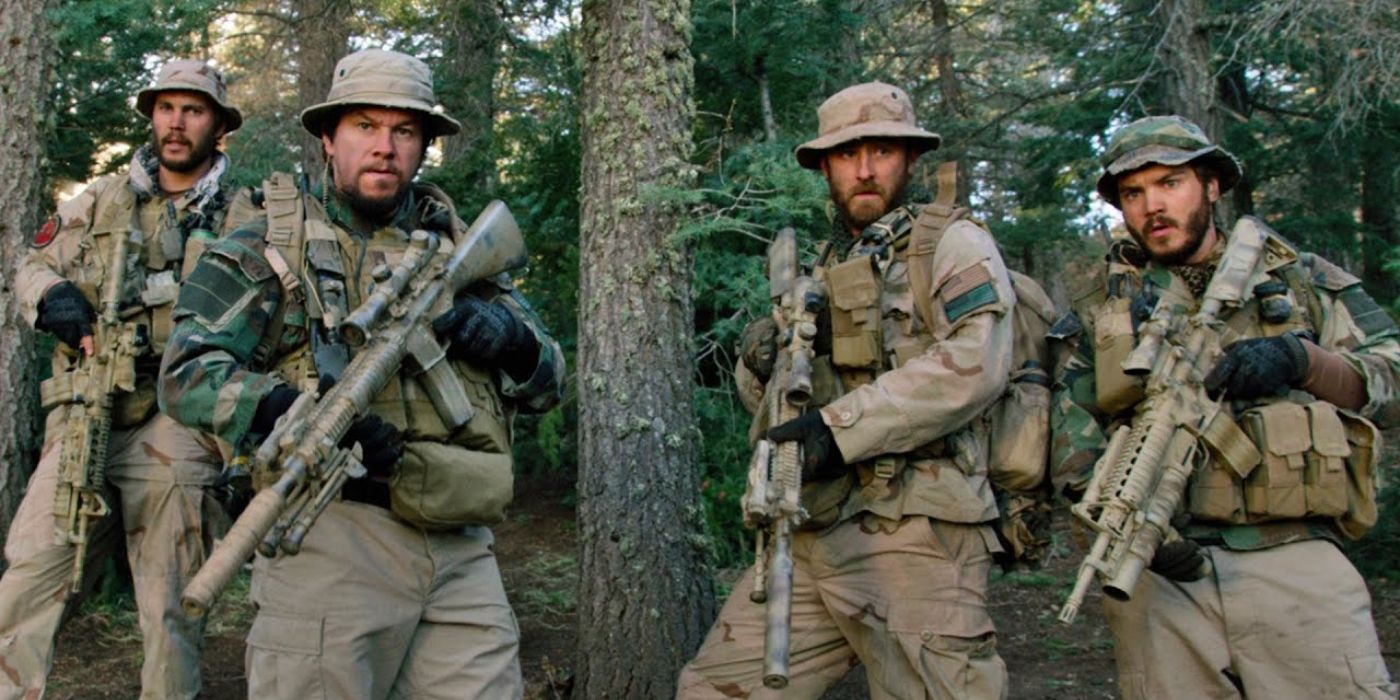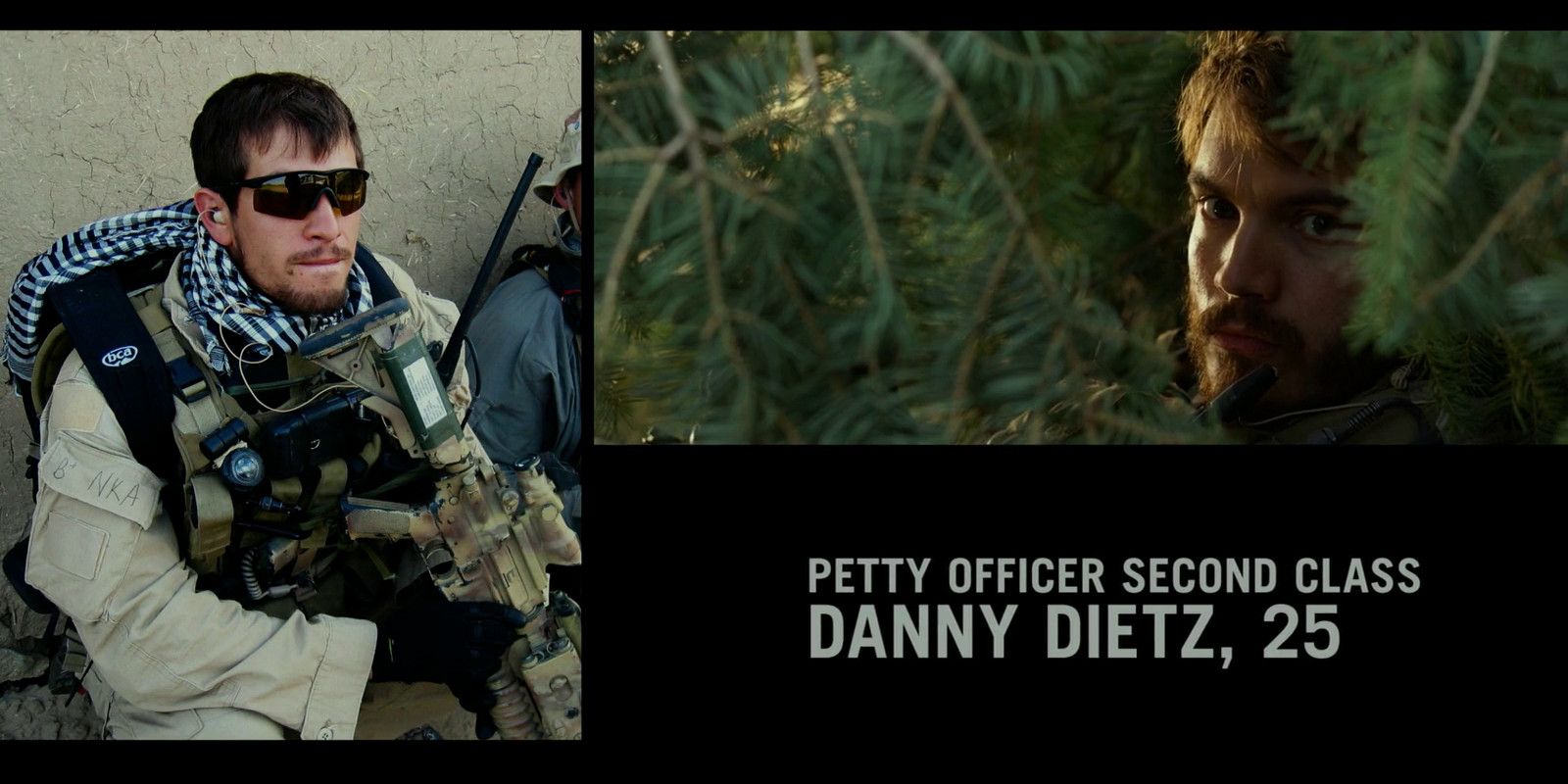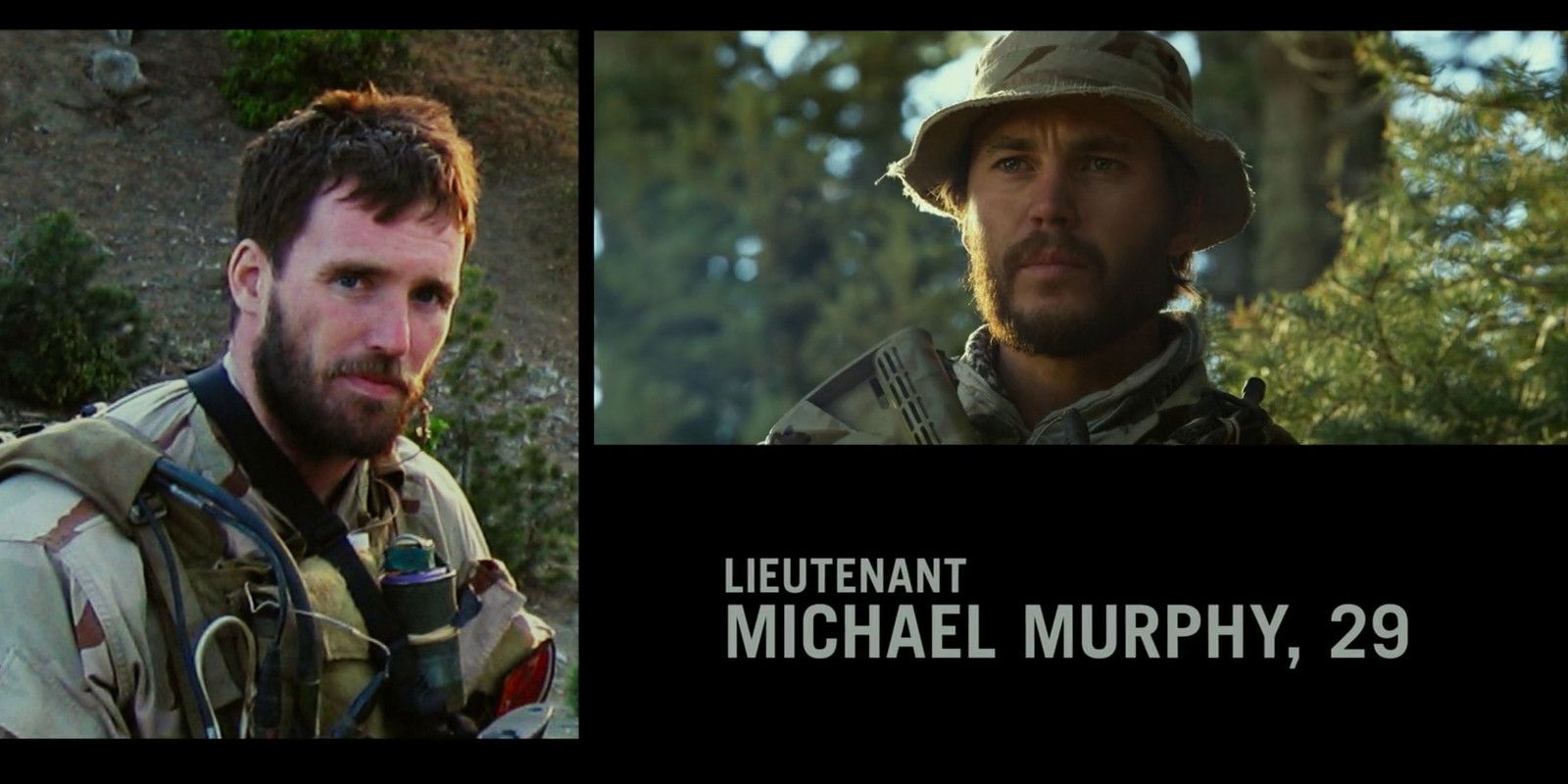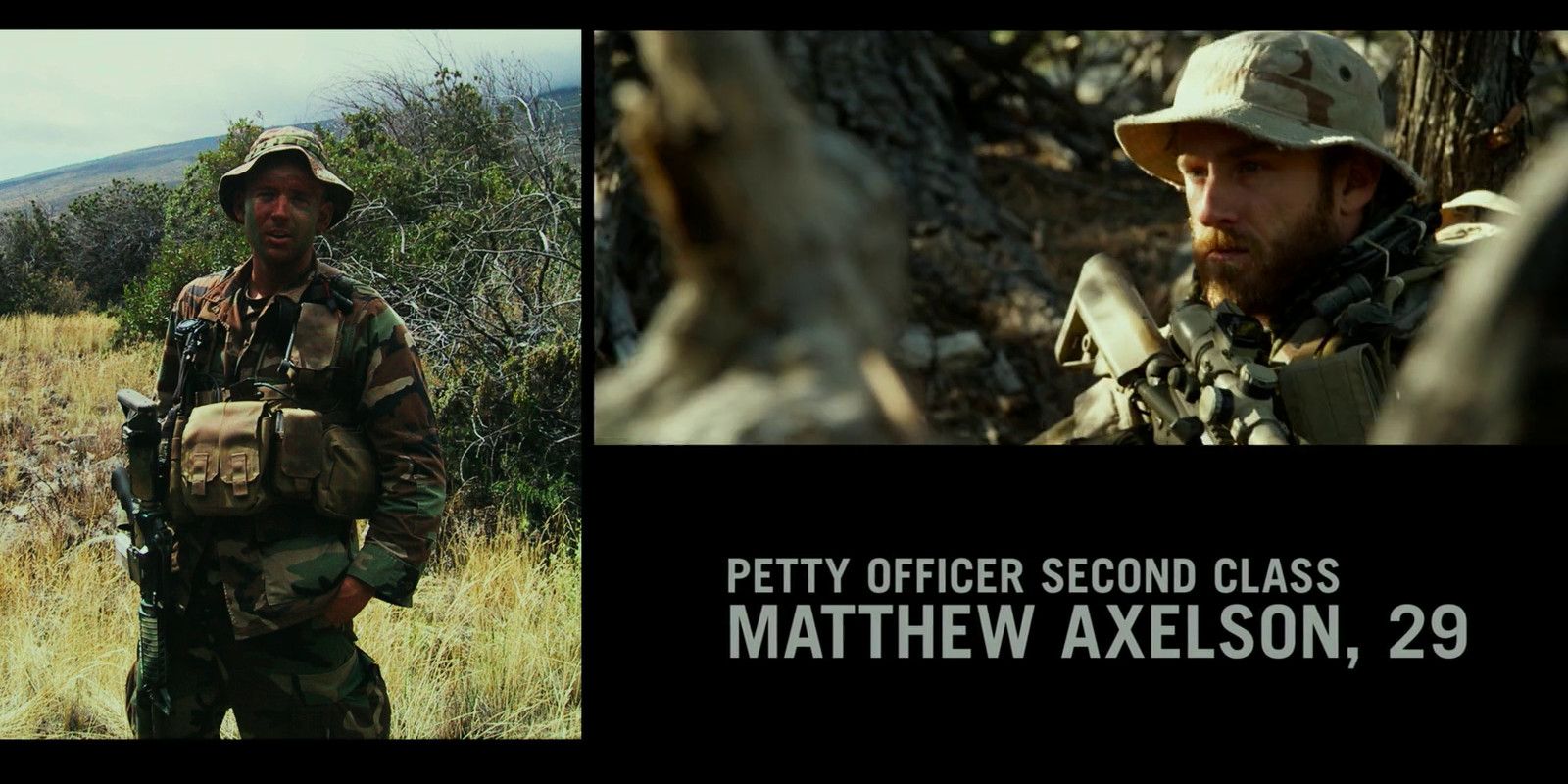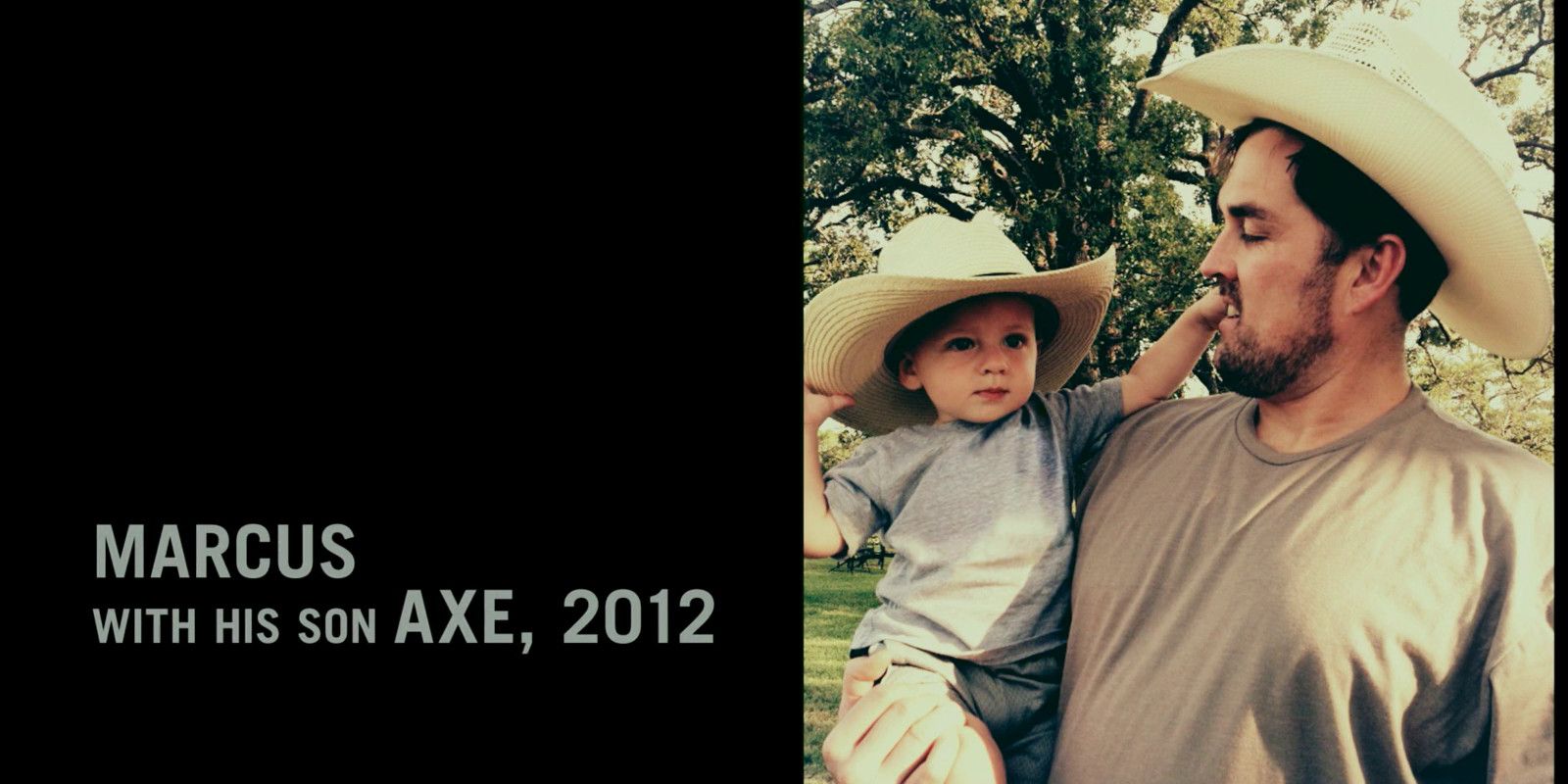Summary
- "Lone Survivor" is a highly successful war film based on a true story, retelling Operation Red Wings in Afghanistan.
- The film accurately portrays the intense conflict during Operation Red Wings, from the deaths of the Navy SEALs involved to the survival of Marcus Luttrell.
- Marcus Luttrell, the lone survivor of the operation, endured injuries and continued his military service before establishing the Lone Survivor Foundation.
2013's Lone Survivor is based on an incredible true story, but how accurate is the film when compared to the real events that transpired? Directed by Peter Berg and starring Mark Wahlberg, Lone Survivor is a biographical war film and a retelling of a specific operation during the war in Afghanistan. The strong cast and talented director attached to the film allowed Lone Survivor to become one of the highest-grossing war movies of all time.
Amid the heroic acts in Lone Survivor's somewhat sensationalized narrative is a true story that is based on a 2007 nonfiction book. The book is titled Lone Survivor: The Eyewitness Account of Operation Red Wings and the Lost Heroes of SEAL Team 10 and is an incredible true story that was retold by Berg and his team. While not ranked among the best war films of all time, the film is a well-crafted, excellently performed, suitably tense, and exciting film. When concerning the true story on which Lone Survivor is based, it becomes even more unbelievable.
Lone Survivor Was Based On Operation Red Wings
The true story of Lone Survivor comes from Operation Red Wings. This operation was highlighted by one of its combatants - Marcus Luttrell whom Mark Wahlberg portrayed in the movie - in the aforementioned book. Operation Red Wings, also known as the Battle of Abbas Ghar, was a United States military operation in 2005 during the war in Afghanistan. The operation was a targeted strike against a man named Ahmad Shah by a team of Navy SEALs with the primary objective of gaining sufficient intel on the area and Shah's activities.
The operation involved a team of four SEALs being fast-roped into the target area by a helicopter where they were expected to find Shah. However, Operation Red Wings went awry when the four SEALs were discovered, leading to a lengthy conflict that lasted around three weeks. Lone Survivor highlights Operation Red Wings from the beginning of the operation to its ending.
Why The Navy SEAL Team Was Targeting Ahmad Shah
Interestingly, one of the few historical inaccuracies of 2013's Lone Survivor is the listing of Ahmad Shah as a high-level al-Qaeda operative. The film, and Luttrell's original book, also stated that Shah was one of Osama bin Laden's closest associates. However, it has since been disproven that Shah was a member of the Taliban, nor was he a comrade to bin Laden. In reality, the Navy SEAL team was targeting Ahmad Shah during Operation Red Wings as he was the leader of the local Taliban-aligned anti-coalition militias.
The group of SEALs was tasked with surveillance and reconnaissance of several structures that were known to belong to Shah and his men. However, Shah became aware of the SEALs' location and the latter were ambushed by the former. This derailed Operation Red Wings and led to the deaths of all but one of the SEAL members.
How The SEALs Were Killed During Operation Red Wings (Except Marcus Luttrell)
The titular lone survivor of Operation Red Wings was Marcus Luttrell. Tragically, the other three members of his SEAL team were killed during the Taliban attack. The attack began after the team was encountered by civilian goat herders. The team debated whether to kill the civilians as they may have been Taliban sympathizers, or set them free. The SEALs opted for the latter, yet Shah was subsequently alerted to the location of Luttrell and his team. This resulted in a full-on assault by Shah and an overwhelming number of soldiers that faced the four SEALs, resulting in three of their deaths.
Danny Dietz
The first SEAL to be killed was Petty Officer Second Class Danny Dietz. Dietz was caught in the brunt of the initial assault by the Taliban. In an interview with CBS News, Luttrell outlined that Dietz was shot multiple times during the initial attack. As Luttrell was dragging Dietz further down the mountain, he was fatally shot in the head.
Michael Murphy
The next death during Operation Red Wings was Lieutenant Michael Murphy. Shortly after Dietz was killed, Murphy scaled the mountain, leaving cover in favor of a clearing in order to get a signal on his satellite phone. Murphy did this in the hopes of contacting headquarters to alert them of Shah's attack and gain reinforcements. However, Murphy's exposed position saw him become an easy target for the attacking enemy and he was shot multiple times, dying shortly thereafter from his wounds despite succeeding in calling for help.
Matthew Axelson
The third and final Navy SEAL to be killed during Operation Red Wings was Sonar technician Second Class Matthew Axelson. Like Dietz, Axelson was gravely wounded during the brunt of the Taliban attack. Reports indicated that Axelson was shot in his chest, yet continued to fend off the attack until he suffered a gunshot wound to the head mere hours after the operation began.
How Luttrell Was Kept Alive From The Invading Taliban
As Lone Survivor depicts, Marcus Luttrell was then left alive as the last remaining SEAL during Operation Red Wings. After this, the story of Luttrell's survival against the oncoming wave of Taliban soldiers is remarkable. Wounded, Luttrell continued to descend the mountain on which he was pinned until he came across a Pashtun - Afghanistan's largest ethnic group - civilian named Mohammad Gulab. Gulab invoked the Pashtunwali custom of Nanawatai in which asylum is granted to protect someone from their enemies.
As such, Gulab took Luttrell back to his village and insisted the other villagers protect Luttrell until he could be safely rescued by U.S. soldiers. Partly due to the goodwill that had recently been built between the Americans and the civilians of the Shuryek Valley, Luttrell's sanctuary was welcomed. Through a handful of other civilians, including Gulab, in the Shuryek Valley, a note written by Luttrell made its way to the Marine base located in Nangalam. Eventually, Luttrell was extracted from the valley by U.S. Air Force Pararescuemen.
What Happened To The Real Marcus Luttrell
While the 2013 film Lone Survivor depicts these events, the ending of the movie leaves little exploration of what happened to Marcus Luttrell after his rescue. The real Luttrell was naturally allowed time to recover from his injuries sustained during Operation Red Wings. After his recovery, Luttrell returned to full duty and was redeployed to Ramadi, a city in central Iraq. As such, Luttrell fought in Operation Iraqi Freedom in 2006 as part of SEAL Team Five.
Luttrell's further service then saw him withstand more injuries including further spinal fractures after suffering the same during Operation Red Wings. Luttrell also had his knees blown out with these injuries resulting in his discharge from the U.S. Army. Luttrell received the Navy Cross, the second-highest military decoration for Navy members, before returning home in 2007. In relation to the aptly titled Lone Survivor film, Luttrell established the Lone Survivor Foundation in 2010 to aid wounded soldiers and their families in light of his trauma during the incredible true story of Operation Red Wings.




